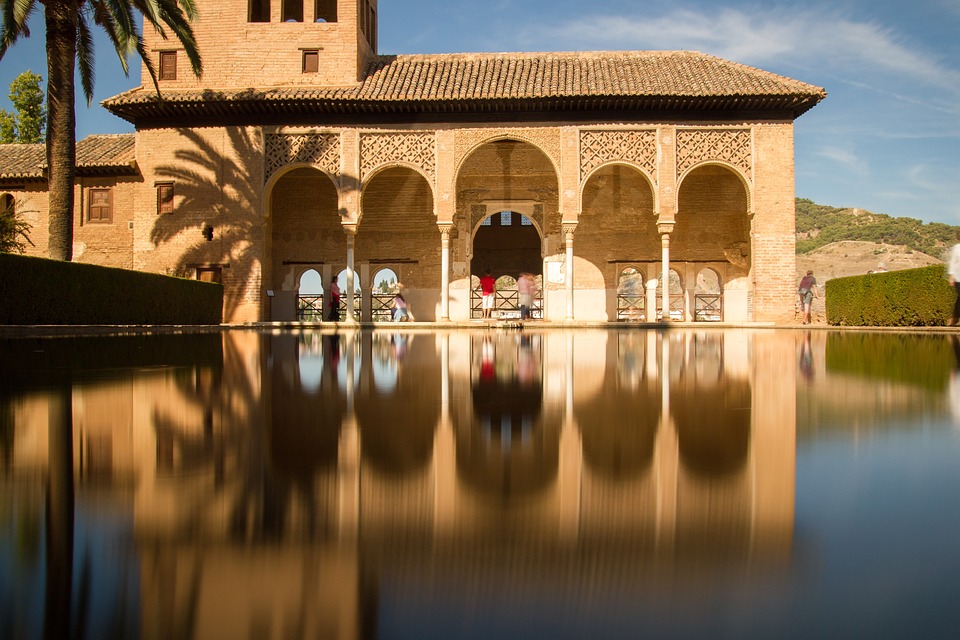Introduction
Calella, a picturesque coastal town located in Catalonia, Spain, is not only known for its stunning beaches and vibrant atmosphere but also boasts a rich history and cultural heritage that dates back centuries. Immersed in a blend of ancient traditions and modern influences, Calella offers a fascinating glimpse into its past through its architecture, festivals, and local customs.
Historical Significance
Calella’s history is deeply intertwined with its strategic coastal location. The town served as a Roman trading post during the ancient times and later became a flourishing fishing village during the medieval period. Its prime position on the Mediterranean Sea made it a coveted territory for various empires throughout history, including the Moors and the Franks.
One of the most prominent historical landmarks in Calella is the lighthouse, which has guided ships safely along the coast for centuries. Built in the 19th century, the lighthouse stands as a testament to the town’s maritime heritage and offers breathtaking views of the surrounding coastline.
Architectural Gems
The architectural landscape of Calella is a blend of different influences, showcasing various periods in history. The Old Town, with its narrow streets and charming stone buildings, is a perfect example of Catalan medieval architecture. Walking through its winding alleys, visitors can admire the intricate details of historical buildings, such as the Church of Santa Maria, a beautiful example of Gothic architecture.
Another architectural marvel is the Modernist House-Palace of Dalmau, designed by Lluís Domènech i Montaner, a renowned Catalan architect. Built in the early 20th century, the building showcases the distinctive style of Catalan Modernism and is now home to the Municipal Archive and Historical Museum of Calella.
Festivals and Traditions
Calella is a town that takes great pride in its cultural heritage and hosts numerous festivals throughout the year. One of the most prominent celebrations is the Carnival of Calella, a colorful and lively event that brings the streets to life with music, dance, and elaborate costumes. The carnival is a cherished tradition that dates back centuries and attracts visitors from near and far.
Another significant festival in Calella is the Festa Major, which takes place in late June and honors the town’s patron saint, Sant Quirze. The festivities include traditional dances, concerts, processions, and spectacular fireworks displays. It is a time for the community to come together and celebrate their shared history and identity.
FAQs
1. What is the best time to visit Calella?
The best time to visit Calella is during the spring and summer months when the weather is pleasant, and the beaches are at their finest. It is also a great time to experience the town’s vibrant festival atmosphere.
2. Are there any guided tours available to explore the historical sites of Calella?
Yes, there are guided tours available that provide a comprehensive insight into Calella’s rich history and cultural heritage. These tours often include visits to the lighthouse, the Old Town, and other architectural landmarks.
3. Is it possible to try traditional Catalan cuisine in Calella?
Absolutely! Calella is home to numerous restaurants and taverns that serve delicious traditional Catalan cuisine. From seafood paella to local specialties like botifarra amb mongetes (sausage with beans), visitors can indulge in the flavors of the region.
4. Can I reach Calella easily from Barcelona?
Yes, Calella is well-connected to Barcelona by train and bus services. The journey takes approximately one hour, making it a convenient day trip option for those staying in Barcelona.
5. Are there any other attractions near Calella worth visiting?
Yes, Calella’s close proximity to the stunning Natural Park of Montnegre-Corredor provides ample opportunities for outdoor activities such as hiking and mountain biking. Additionally, the nearby town of Pineda de Mar offers beautiful beaches and historical sites.
